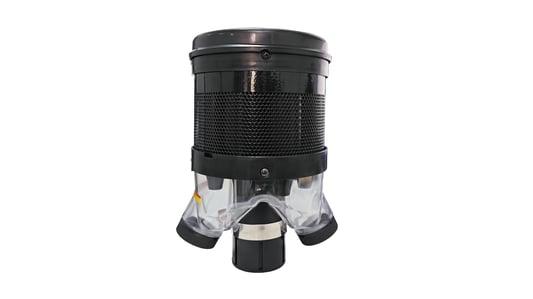Understanding Inventory SignalsInterpreting Signals for Smart Inventory is crucial for businesses looking to optimize their supply chain management. Inventory signals are indicators that provide valuable information about the status of inventory levels, demand trends, and potential risks. By understanding and analyzing these signals, businesses can make informed decisions to improve efficiency and reduce costs.Types of Inventory SignalsThere are various types of signals that businesses can utilize to manage their inventory effectively. These include demand signals, lead time signals, performance signals, and supplier signals. Each type of signal offers unique insights into different aspects of inventory management, helping businesses to streamline their operations and enhance customer satisfaction.Utilizing Technology for Signal InterpretationAdvancements in technology have made it easier for businesses to interpret signals for smart inventory. Inventory management systems, data analytics tools, and artificial intelligence can help businesses collect, analyze, and interpret signals in real-time. By leveraging technology, businesses can gain a competitive edge and stay ahead of market trends.Forecasting with Inventory SignalsOne of the key benefits of interpreting signals for smart inventory is the ability to improve forecasting accuracy. By monitoring demand signals, businesses can anticipate changes in customer demand and adjust their inventory levels accordingly. This proactive approach can help businesses avoid stockouts, overstocking, and lost sales opportunities.Reducing Stockouts and Excess InventoryInterpreting signals for smart inventory can help businesses avoid stockouts and excess inventory, which can have a significant impact on profitability. By monitoring lead time signals and performance signals, businesses can optimize their inventory levels and ensure that they have the right products available at the right time.Enhancing Supplier RelationshipsSupplier signals play a critical role in inventory management, as they provide insights into supplier performance, lead times, and potential risks. By interpreting supplier signals effectively, businesses can strengthen their relationships with suppliers, negotiate better terms, and ensure a consistent supply of products.Minimizing Risks with Signal AnalysisInterpreting signals for smart inventory can help businesses minimize risks associated with supply chain disruptions, demand fluctuations, and market uncertainties. By analyzing performance signals and demand signals, businesses can identify potential risks and take proactive measures to mitigate them, reducing the impact on their operations.Improving Customer SatisfactionEfficient inventory management based on signal interpretation can help businesses improve customer satisfaction levels. By ensuring product availability, reducing lead times, and optimizing order fulfillment processes, businesses can meet customer expectations and build long-lasting relationships with their clients.Measuring Performance with Signal MetricsBusinesses can track their inventory performance by using signal metrics to evaluate key performance indicators (KPIs). By measuring metrics such as inventory turnover, stockout rates, and order fulfillment rates, businesses can assess their performance, identify areas for improvement, and make data-driven decisions to enhance efficiency.Continuous Improvement in Inventory ManagementInterpreting signals for smart inventory is an ongoing process that requires continuous monitoring, analysis, and adjustment. By staying proactive and responsive to changing market conditions, businesses can optimize their inventory management practices, reduce costs, and drive sustainable growth in the long run.Quote Inquirycontact us










